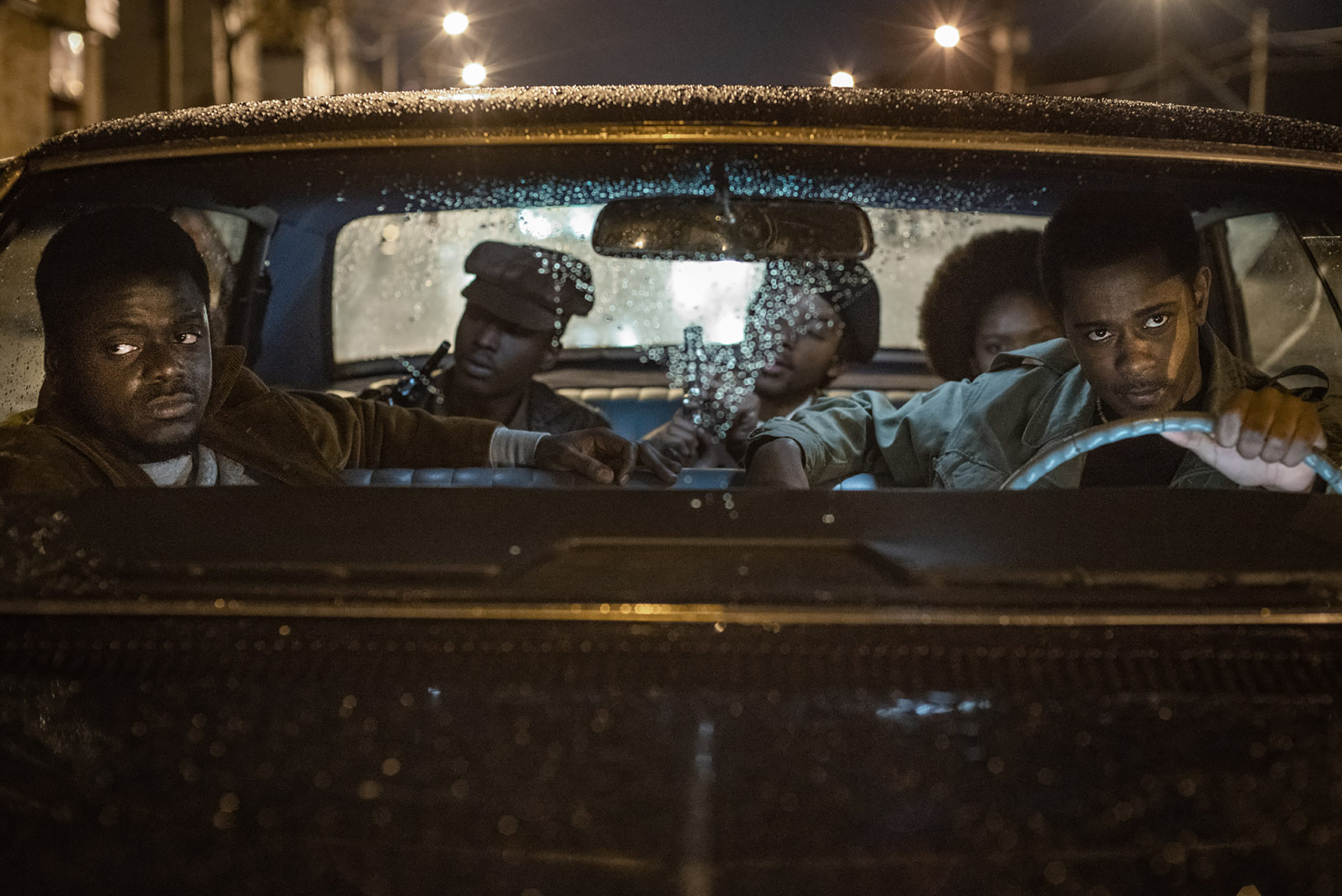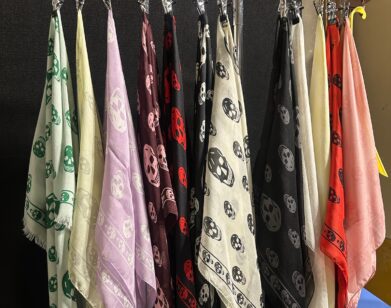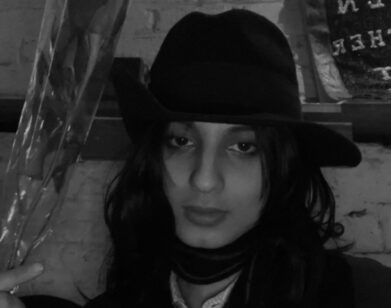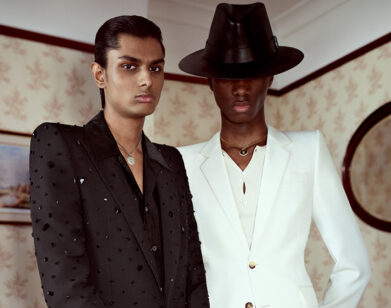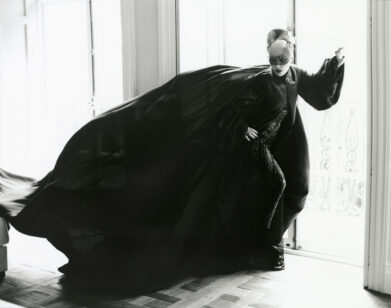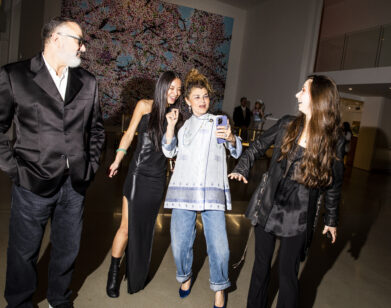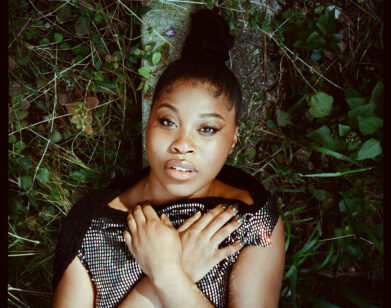Clothes on Film
Charlese Antoinette Jones on Achieving Judas and the Black Messiah’s Revolutionary Look
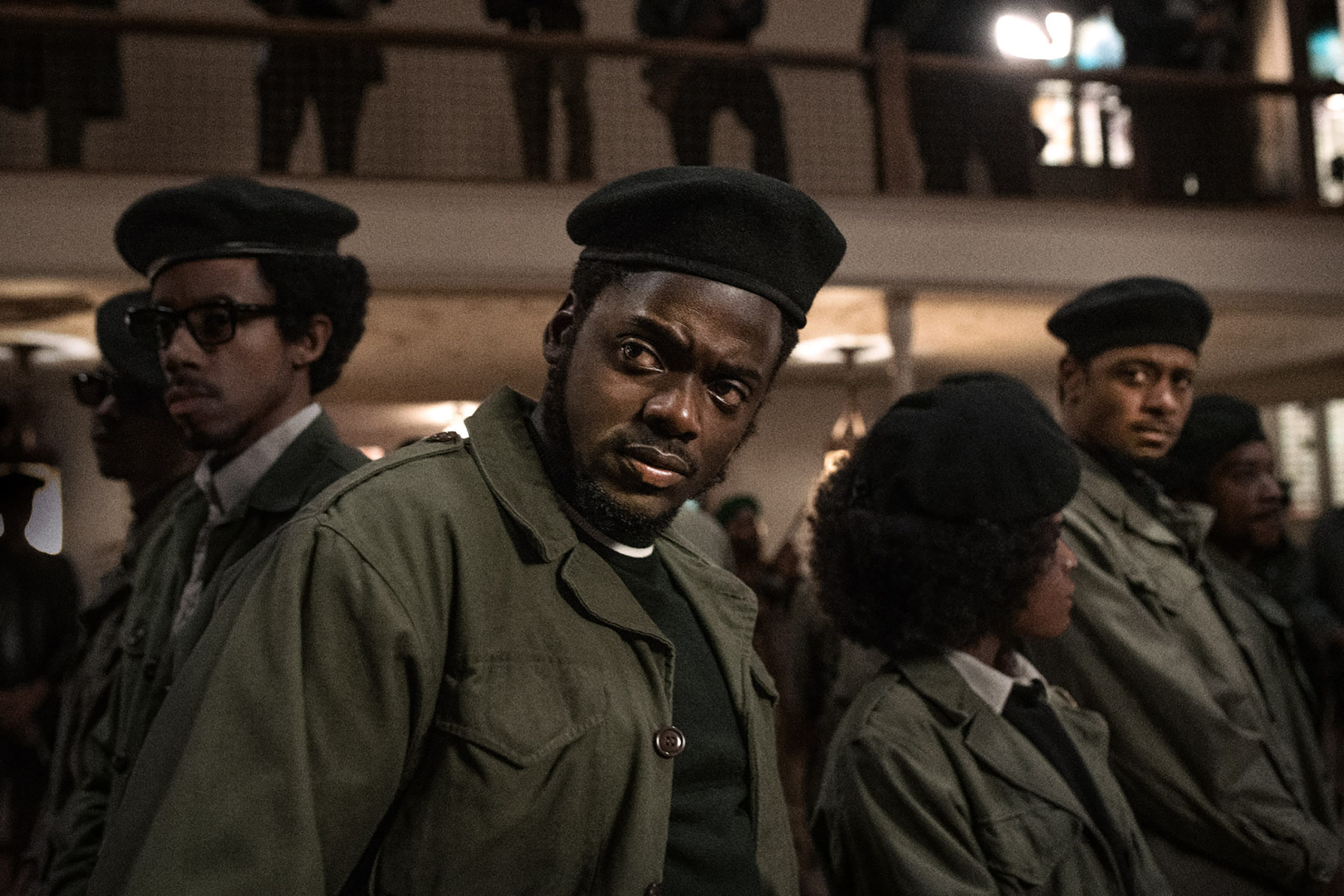
Photos courtesy of Warner Bros. Pictures.
The highly-anticipated Fred Hampton biopic Judas and the Black Messiah was released into the world on HBO Max last week. The film follows Bill O’Neal (LaKeith Stanfield) as he successfully infiltrates the Chicago chapter of the Black Panther Party and befriends Party Chairman Fred Hampton (Daniel Kaluuya). With much of the film taking place in the late-’60s, we get a first-hand look at the Panthers’ iconic costume of a black leather jacket and beret while also paying homage to the classic knee-high boots and turtleneck combo worn by the everyday woman. The outfits capture both the authenticity, and flair, of the moment and the movement. Below, the film’s costume designer Charlese Antoinette Jones breaks down her creative process, the research she embarked on before filming, and what it was like to work with and style this all-star cast.
———
JULIANA UKIOMOGBE: Let’s start at the beginning. When did your passion for clothing and styling begin?
CHARLESE ANTOINETTE JONES: Oh wow, thank you for asking me that. When I was in high school, I started designing my own clothes to go to parties. I lived in the suburbs and everything was super preppy. My friends and I would design clothes and make outfits to go to all these basement parties. I decided to go to college based on that experience of having so much fun designing clothes with my friends. I decided to make it into a career. I went to college in Philly for Fashion Merchandising and Marketing and then got recruited to work for a major fashion brand in New York and did that for a while. After working in corporate fashion I just decided to start freelance styling because I just found that telling stories through clothing and working with real people were my passions. It was really dope because I was going to school for fashion during the day and then at home, I would stay up until like two in the morning and watch these runway shows. I fell in love with Alexander McQueen’s shows and how his production value was just amazing on top of his innovative designs.
UKIOMOGBE: How does working on a film differ from things you’ve done in the past? I imagine it can be a little daunting to have to design an entire wardrobe for multiple characters.
JONES: It doesn’t feel daunting because at this point I’m used to it. You get to know the process pretty quickly and basically what you learn early on is you need to have as many options as possible. The more options the better. You never want to put yourself in a situation where you don’t have enough clothing or enough looks. I don’t find it daunting anymore. As a costume designer, I think five steps ahead of everyone.
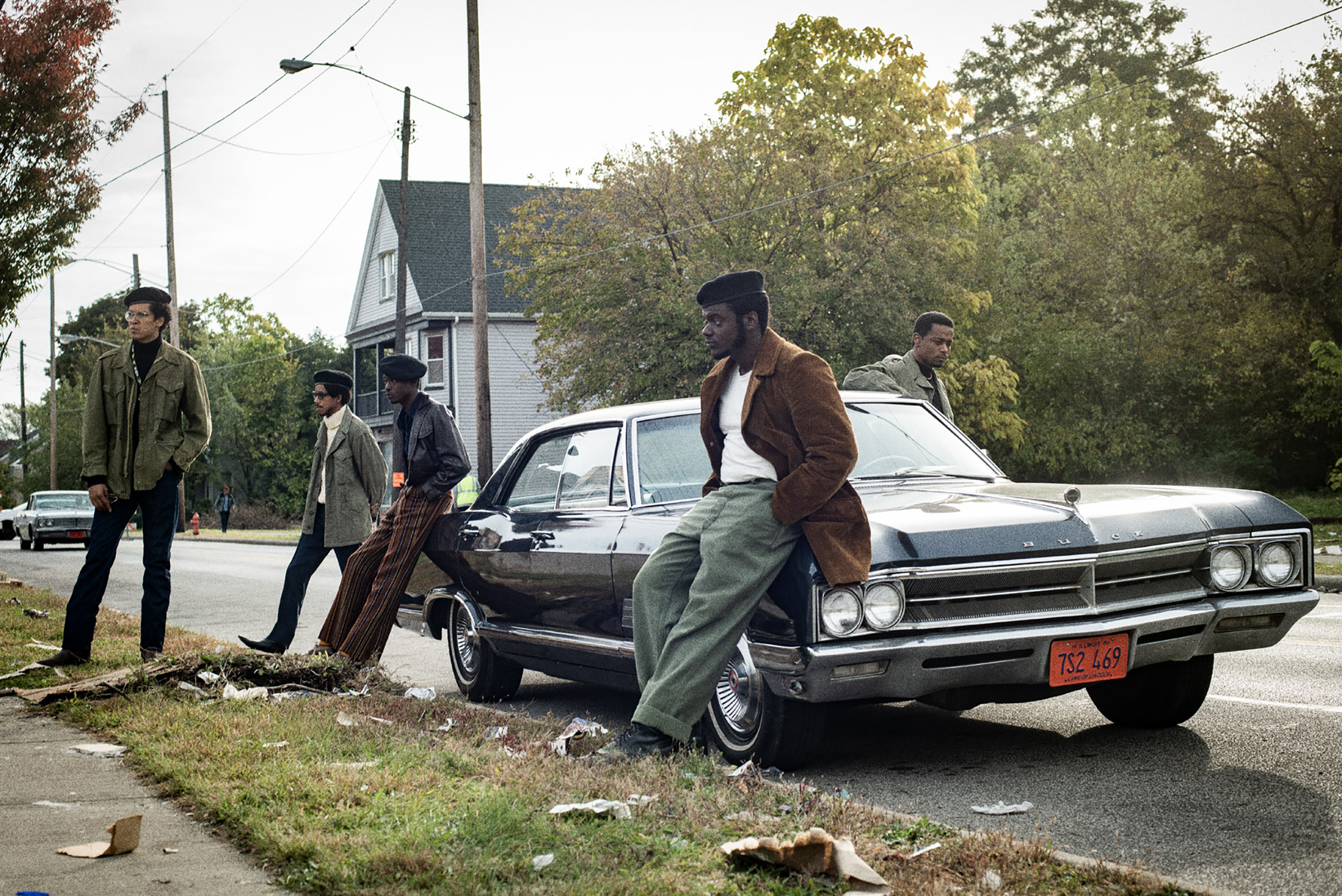
UKIOMOGBE: How did Judas and the Black Messiah come to you?
JONES: The director [Shaka King] and I have a long-time working relationship. We did our first movie together his first movie as a director, mine as a designer, in 2012 [Newlyweeds]. We’ve been working together ever since. We talk pretty often and any time he’s developing something, he keeps me in the loop. When he started developing this script, he told me, “Hey, I’m doing a script about the Panthers and Fred Hampton’s life.” It just so happened at the time I had just done a time-travel show where we had an episode with a bunch of Black Panthers in it. I had done all this research about the Panthers and about the ’60’s already. I was like, “Wow, this is really serendipitous.” So from that point on, I started researching Fred Hampton specifically. That was about a year before it got greenlit actually. This was my first studio film as a costume designer. I wanted to learn more about it and I love the clothing in the ’60s. The ’60’s established what we know as identity as far as clothing, especially menswear and we had a lot of menswear in that movie. I just had a lot of fun researching.
UKIOMOGBE: You kind of answered my next question, but what kind of research did you do, specifically?
JONES: I did all of it. Documentaries, photos, books. We’re really blessed and fortunate that a lot of the people in the movie are based on real people and a lot of the events are based on real events, so we’re really lucky that, during this time, people were taking lots of photographs. There were color photographs, not just black and white which is awesome because that really helps establish the color palette. Also, there was documentary footage of Chairman Fred and the Illinois party. This footage of Chairman Fred meeting with the young patriots, for example, was really informative of how to shape the look of that group of people. I also read a couple of biographies about him. A lot of the books ended up having pictures of his childhood in them. He was a football player, so that also helped me to inform what Chairman Fred wore. A lot of what he wears kind of feels a little bit like he’s athletic or collegiate early on. His clothes are pretty casual because he’s a former athlete. Once you start digging, there’s so much about him and about the party and I had no idea I was going to have that wealth of resources.
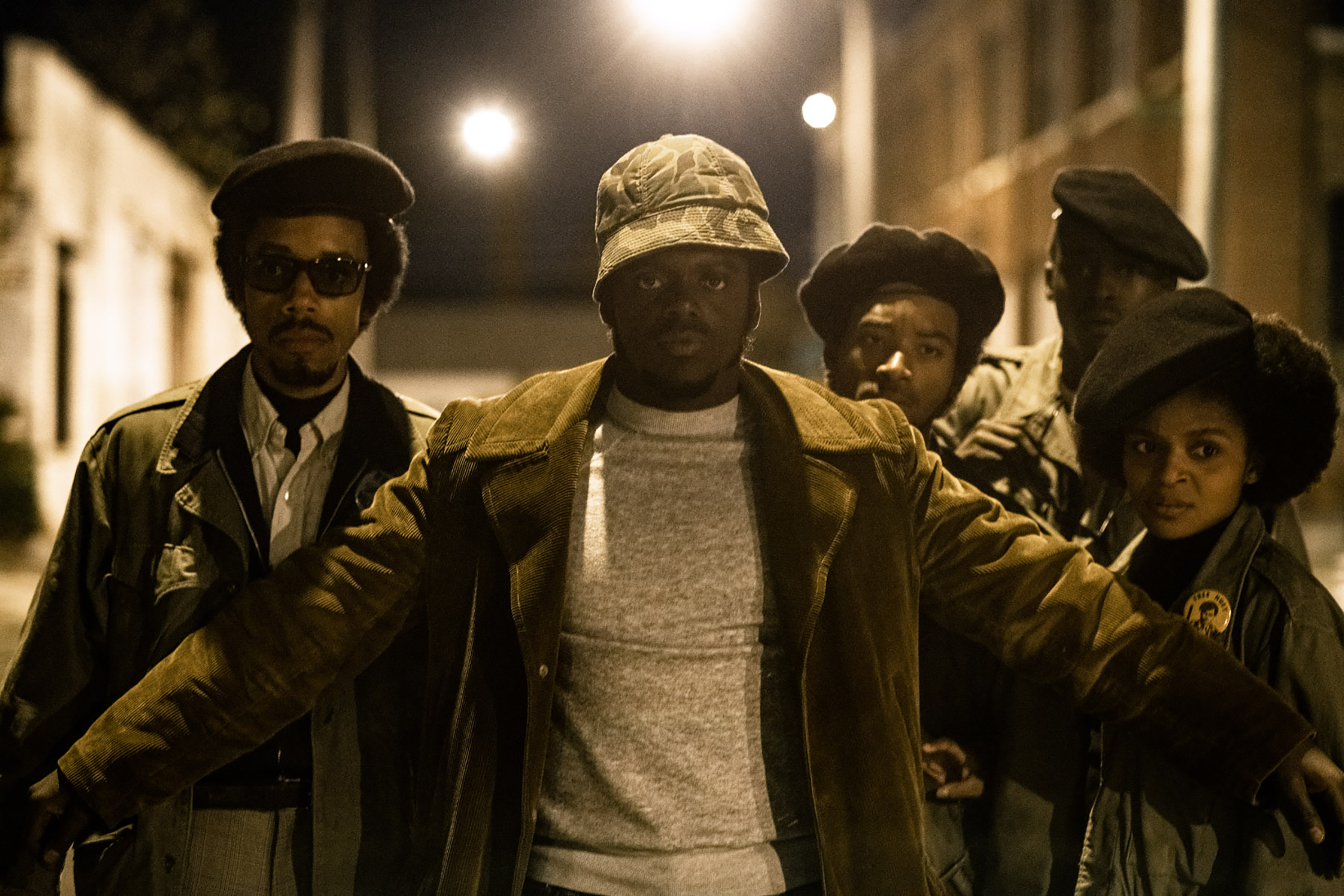
UKIOMOGBE: Talk to me a bit about the color palette. A lot of the characters are dressed in neutral colors with a lot of green, beige, and black. It all blended so cohesively.
JONES: The Panthers’ color palette was warm earth tones, browns, army greens, neutrals, grays, blacks, greens, whites. Some navy in there as well. Whenever you see the Panthers in headquarters, it should feel really warm, earthy, and grounded. When they’re out canvassing in the streets, they’re wearing primarily black and army green with camo jackets and black berets. We wanted them to feel really uniformed in that way. The young patriots, their color palette was based on the American flag and the confederate flag. Their vibe is very Americana. Lots of denim, lots of boots. They’re Appalachian miners and workers that migrated to Chicago. They’re very much that West Virginia country kind of feel. Lots of plaids, lots of tweeds and textures, and very worn-in clothing because they were poor. The Young Lords, the group in the purple berets, they’re pretty much the only ones in the movie that are wearing purple and gold because that was their colors. Then The Crowns, they wear green as well but their green is more of a vibrant green, like a money green versus the Panthers army green. Again, this is symbolizing a little bit more of the capitalism and greed versus who are symbolizing their need for self-defense and protection. That was basically the approach. We broke it down into the various gangs and organizations and they had their own color palette. You can go a little crazy with color in the ’60s. There are neons and these really frothy pinks and minty greens. In my mind, those kinds of colors felt more suburban. We didn’t really depict those kinds of colors because I didn’t want anything to feel like it was stereotypically ’60s. It needed to feel grounded and it needed to feel real. It needed to look like the photographs from my research because those are the colors people were wearing.
UKIOMOGBE: Who was the most fun character to style?
JONES: Oh, definitely O’Neil. LaKeith’s character. He was the one that I got to play with the most. They took a lot of creative liberty with his story because you don’t really know anything about him. Because of that, I got to play a lot with his clothing and he gets to go on this journey where he’s stuck trying to figure out who he is. His clothes are really all over the place, but in the best way, because we start out with him in disguise as an FBI agent and he’s got on this ill-fitting suit and the pants are too short, and he’s got on raggedy shoes and these sweat socks. The coat and the hat he borrowed from an older gentleman in his family. Then after that, you see him looking like a poor street kid because he was really young. He wears beat-up Levi jeans, beat-up sneakers. Then when he starts getting paid as an informant, he buys a leather jacket, and then he’s like, “Okay, I’m a Panther now, I get to wear the turtleneck and the beret all the time.” Towards the end you kind of see him settle and look more like a hustler. He’s really flashy. He’s wearing these bright colored shirts, his leather jacket, that crazy green fedora. By the end, you still see he doesn’t know who he is because he’s wearing this leather jacket, and he’s wearing the suit and this hybrid Panther/FBI look. The actual O’Neil ended up continuing being an informant after Chairman Fred died. Just kind of a nod to him still doing that work and straddling both worlds.
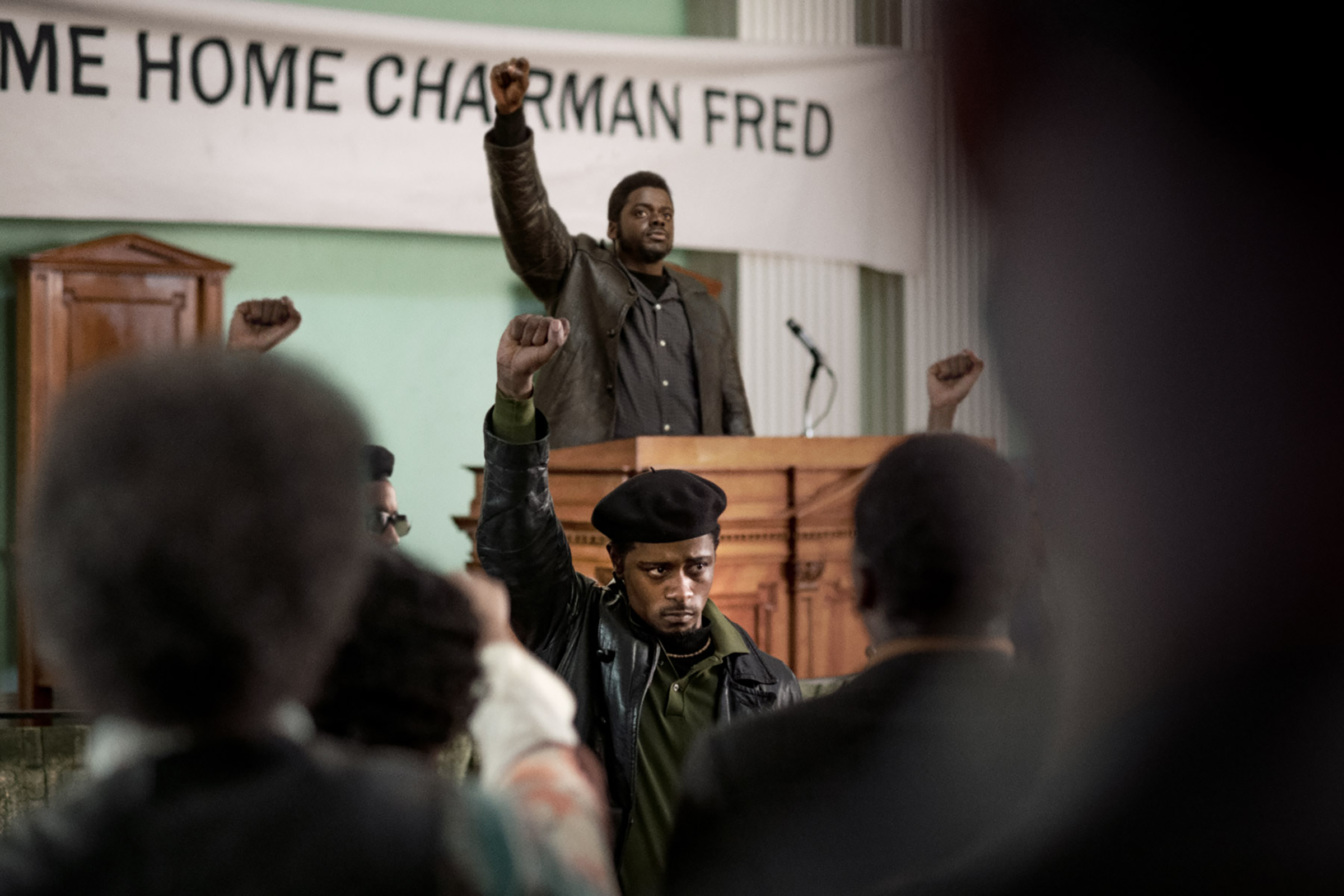
UKIOMOGBE: What was your approach to styling the women in the film? Of course, this is a male-dominated story, but the women hold such power in so many scenes so I wanted to know who was your approach to styling them.
JONES: Dominique Fishback, who plays Deborah, definitely wanted to get across that she was young. She was a college student so it was very important that she looked really sweet and innocent early on. We had her wearing lots of skirts and knee socks. Lots of ’60s jumpers and turtlenecks and knee-high boots. We don’t have that many female characters so with her it was an opportunity to show what young college girls were wearing in the ’60s and what those trends were at the time. Early on, she’s wearing a lot more creams and whites and she kind of brightens up the space when she comes into the headquarters. She’s always a little brighter as far as her palette being lighter. A lot of people in the space are wearing earth tones and browns and darker colors and she’s wearing creams. Then once she becomes pregnant with Fred’s child and the tone of the movie kind of shifts a little bit, her color palette gets a little darker. Her clothing gets a little bit more mature. She’s not wearing knee socks anymore, she’s wearing skirts and boots and pants and turtlenecks. Dresses with boots, with her leather jacket and her beret. She’s a little bit more military in dress, but the female version of that. That’s how a lot of the females in the Panthers dressed. And then Dominique Thorne, in contrast, is always ready. She keeps a knife in her boot. I love her character Judy Harmon so much. She’s always dressed for war. Her clothing is never fitted. She never wears skirts and dresses. She’s always packing. I really wanted to show that kind of woman as well, who could hold her own with the guys. It wasn’t about her sexuality or anything. She was just dedicated to the cause.
UKIOMOGBE: Without giving away too much, I wanted to talk about Lil Rel’s character. He’s dressed so differently from anyone else in this film.
JONES: Oh my god, Rel’s character was so fun. We based his look off of a lot of research that we did about Chicago during that time. There was this specific GQ issue that I referenced called “The Chicago Look.” Tons of editorials that I saw of men wearing fedoras like that, and colors and spread collars for days. Three-piece suits for days. He’s leaning a little bit more ’70s in his vibe. That’s okay because we’re in ’69 and in my mind, he got those suits tailor-made. This is his look because he is a hustler and he has money, and this is how he’s supposed to look. He needs to exude this when we see him because that’s important to him. Yeah, all the details, the tie bar, the cuff links, he was very meticulous. I imagined this man to be very specific every day when he got dressed. Only the finest. It was a lot of fun to dress him and the jewel tones that he wears looked amazing on his skin. That jade green that he wears, the golden hues that he wears. We were on the fence about the fur.
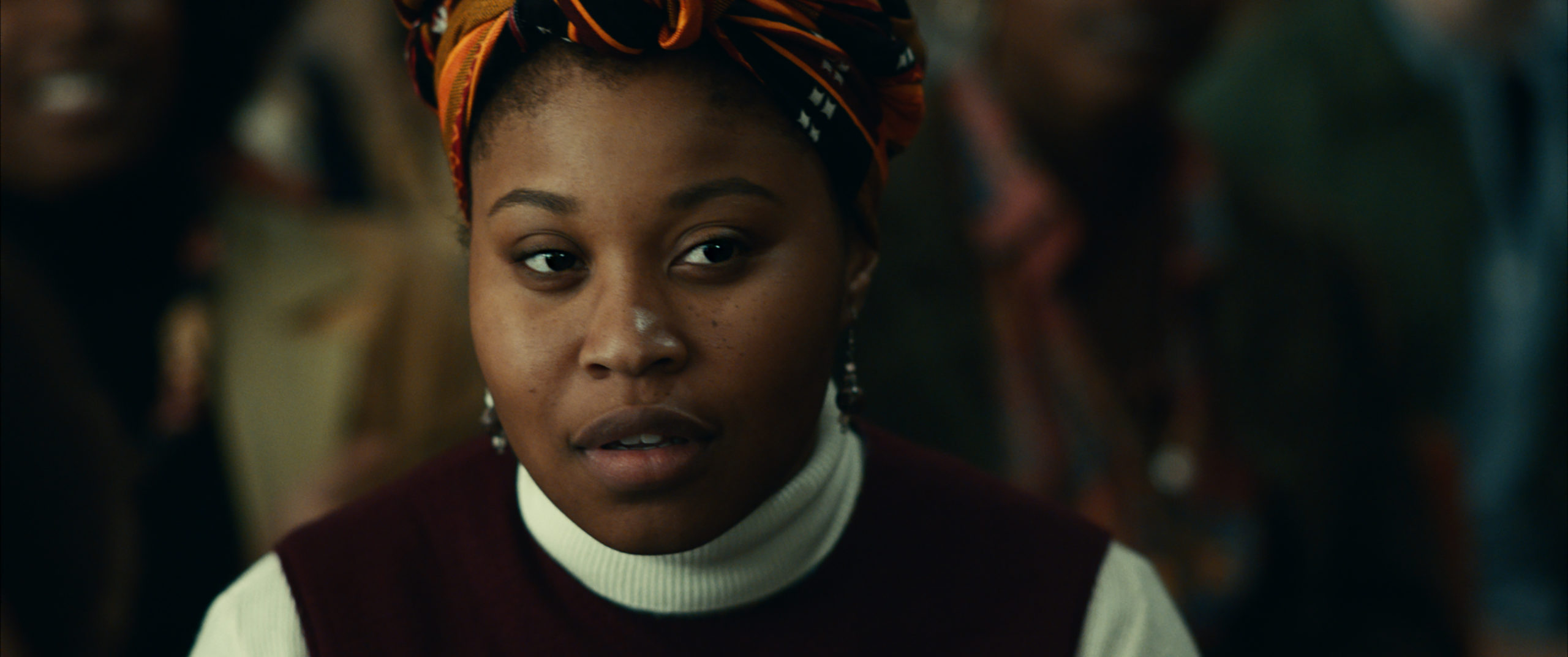
UKIOMOGBE: Out of all the outfits in the film, do you have a favorite?
JONES: Oh god. Ashton Sanders wears a couple that are awesome as [Jimmy] Palmer. He has so many good pants. This is such a hard question between him and LaKeith’s looks. They kind of mirror each other because LaKeith starts copying Palmer because Palmer is an authentic Panther in his eyes. He starts wearing striped pants and big belt buckles and spread collar shirts. That’s when you know you did a good job because I honestly love every single outfit I put in the movie. Okay, I’ll pick. I’m going to pick the look that O’Neil wears to go to the warehouse to meet with Mitchell, the green fedora that he wears with the polka dot ribbon. The spread collar white shirt with the embroidery on it and that leather jacket. That is probably my favorite because I just think the green hat is so awesome. I’m so happy I got to put it on him and I almost didn’t. I convinced Shaka at the last minute that he had to wear it because, at first, he thought it was too much. We went back and forth about it and was like, “No, no, no, we have to.” And he let me do it. I’ll say that one is my favorite because of the hat and just because of his performance, too. He’s freaking out and he’s freaking out in that hat. This was just a dream for me to do this movie. ’69 is my favorite year in fashion of all time. I just got really lucky and blessed with this amazing cast that was down to just wear whatever I wanted them to wear. I’m really grateful.
